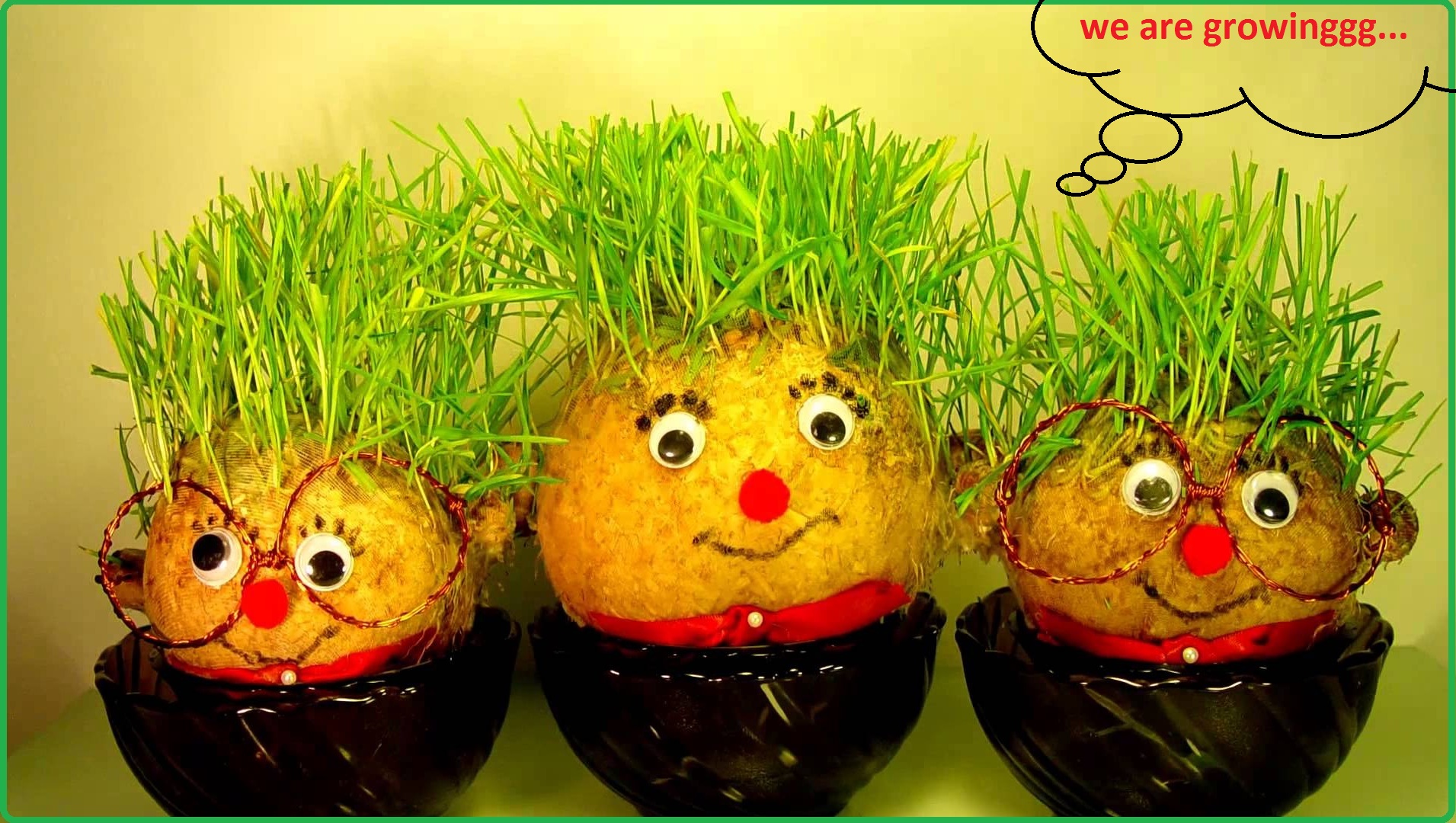Grass never actually stops growing; it just slows down considerably during the winter months. When the temperature goes below 5 degrees Celsius, grass hardly grows at all. However, during the warm wet conditions of months like April, May and June, grass (seeding) grows very quickly.

How quickly the grass grows can depend on a number of factors and is largely dependent upon the climate you live in and the type of soil you have got. In general, locations that experience mild temperatures that have deep rich soils will be the most productive when it comes to grass growth.
Soils that are high in fertility produce lush crops of grass and this can either be naturally occurring or by applying fertiliser.
The question of when you should stop mowing the grass is a question of the weather and ground conditions.
Typically, the factors restricting lawn mowing in the autumn and winter months are:
- Ground Frost and Snow
- Water Logging
- Earth Worm Casts
- Rain
- Reduced Daylight Hours
- Temperature
The lawn’s growth pattern naturally slows as soil and air temperatures reduce. Reflective heat from building and localised sheltered microclimates will also aid grass growth.
It is generally good practice to mow your lawn little and often during the autumn and winter months to keep your lawn in good condition. We hope that you like this short blog post of Grass Growing Cycles. For more information you can contact us (Garden Busters) at 08000 35 1133.
08000 35 1133
Grass Growing Cycles
seeding








